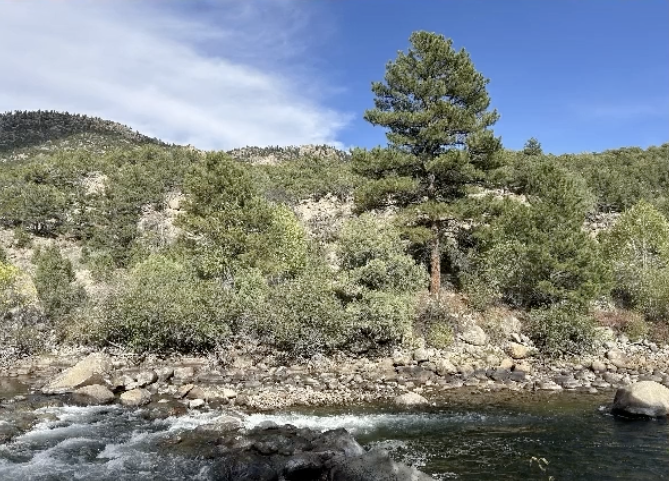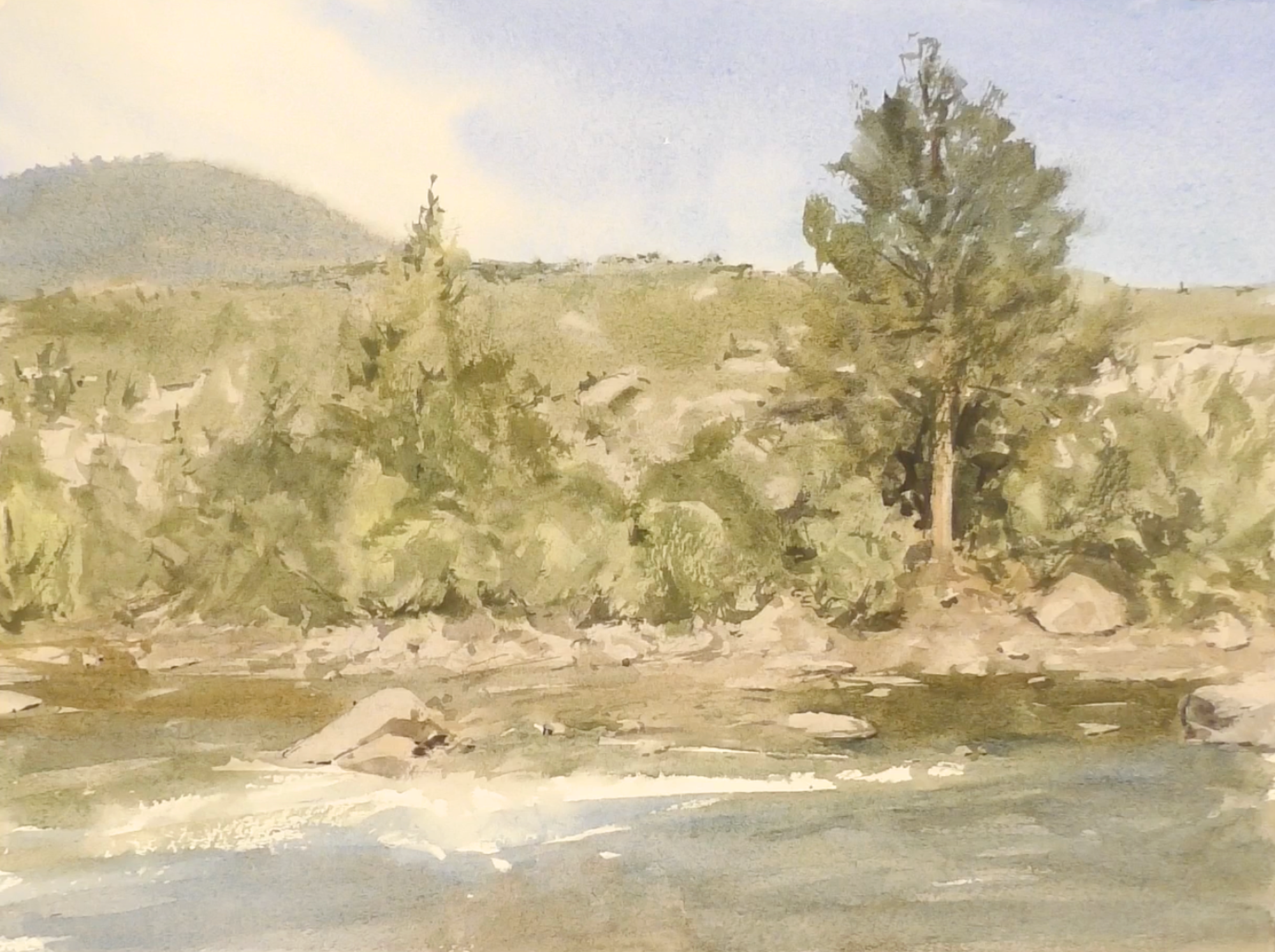How To Make A More Artistic Rendering Through Impressions
Nov 24, 2025Recently, I took a trip to Colorado to visit a good friend, and one of the excursions we took was to a town called Buena Vista. It was there that I took this reference photo of the Arkansas River.

In today's video, I walk you through my process of painting this scene, and along the way, I offer you 3 strategies that will help you turn a reference into your own dynamic rendering of a scene by focusing on when and how to make an impression of subjects within the scene.
How To Move Beyond Simply Copying Reference Photos - 3 Tips
As an artist, you not only have permission to give an interpretation of the scene you're depicting, but it's your job. Different artists will land in different spots on the spectrum of realism, but all artists bring their own flair and style to a scene. So, if you need to hear this - feel free to make a simple impression of a subject when it serves your painting, and also feel free to articulate every detail of another part of your scene if it serves its composition and balance.
Here are 3 ways to encourage a loosening of your grip on the exact details in a reference photo and an embrace of a more subtle, impressionistic style.
1. Squint at Your SceneMy first tip I give students when they're struggling to just make an impression instead of a replication is to squint at your reference photo.
(First Wash)

Squinting eliminates some just enough of the color information and the less obvious texture in the scene and can help you prioritize what the most compelling information is in the scene. When you squint, the basic shapes in the scene become apparent, unnecessary information is blurred, and you're better able to simplify the painting.
2. Look for Patterns in Your SceneMy second tip is to look for patterns in your scene. A great example of this strategy is in this Buena Vista painting. If you look at the reference photo (above), you can see how easy it would have been to note the presence of every tree on the river bank and to approach my painting with the goal of capturing each tree individually.
(Second Wash)

Instead, I looked for patterns of light and dark in the foliage and made this information priority over the articulation of every single tree in the scene. This helped me to create a looser, more artistic impression of the scene.
3. Leave Things Unfinished
My final piece of advice when it comes to leaning into an artistic rendering of your painting rather than copying a reference photo is to know when to stop.
When your scene begins to resemble your inspiration, when it evokes the feeling of the scene, stop and step back. I actually recommend to students that when they feel like they're 80% of the way there, that they step aside from their painting and get a little break. When you come back, there may be some final marks you want to make, but you'll have a clearer mind to make those decisions and more than likely make better decisions for the watercolor as a whole
(Third Wash)

Tips on Moving From Replication Into Artistic Representation
It's not exactly easy to move beyond copying a scene from a reference photo into creating a more artistic rendering of a subject. However, these three strategies, when practiced consistently, will give you the confidence and skillset to paint dynamic interpretations of any scene that inspires you.
